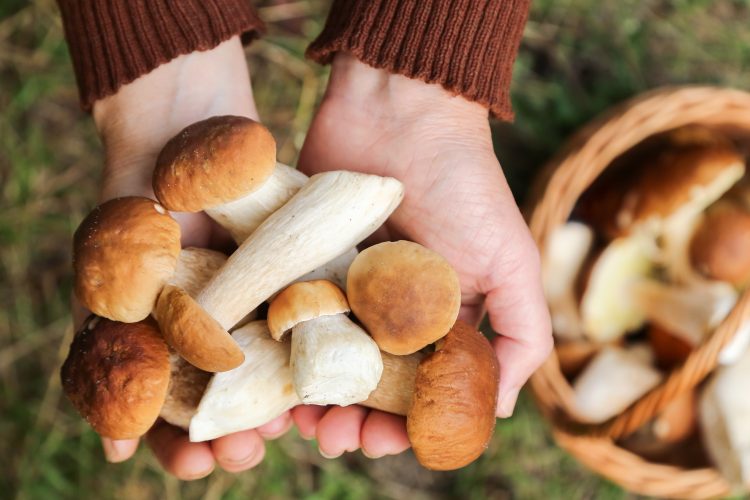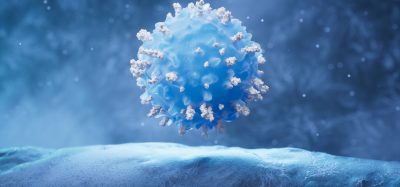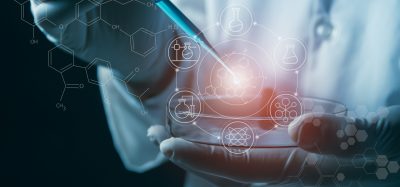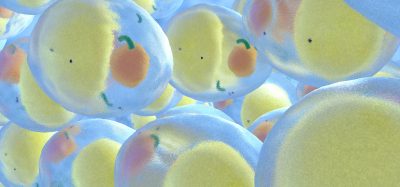From wild fungi to faster drug discovery
Posted: 27 October 2025 | Drug Target Review | No comments yet
Nature’s pharmacy has yielded half of today’s medicines, yet most of its potential remains untapped. AI is now changing how quickly new therapies can be found.


It’s often said that nature makes the best medicines and history supports that claim. From penicillin and paclitaxel to cholesterol-lowering statins, about half of all drugs introduced into the clinic have come from natural sources.
Yet pharmaceutical companies, once deeply invested in the field, have largely abandoned drug discovery from nature, viewing it as too slow and expensive. Instead, their efforts have shifted to synthetic libraries, which are easier to produce, modify and screen.
But now, Canadian startup Kapoose Creek Bio, is leading a return to nature’s pharmacy, using artificial intelligence (AI), machine learning and multiomic technologies to make the process faster and more predictable.
Biomarkers aren’t just supporting drug discovery – they’re driving it
FREE market report
From smarter trials to faster insights, this report unpacks the science, strategy and real-world impact behind the next generation of precision therapies.
What you’ll unlock:
- How biomarkers are guiding dose selection and early efficacy decisions in complex trials
- Why multi-omics, liquid biopsy and digital tools are redefining the discovery process
- What makes lab data regulatory-ready and why alignment matters from day one
Explore how biomarkers are shaping early drug development
Access the full report – it’s free!
The company is led by CEO and Chief Science Officer Dr Eric Brown, a University Professor in the Department of Biochemistry and Biomedical Sciences at McMaster University in Hamilton, Ontario. Brown is internationally recognised for his contributions to chemical biology, systems biology and drug discovery.
Why return to nature’s pharmacy now?
“Artificial intelligence has breathed new life into the field, allowing us to mine nature’s chemistry more quickly and efficiently than ever before,” says Brown. He adds that this couldn’t come at a better time, given the urgent need for new life-saving medicines.
Artificial intelligence has breathed new life into the field, allowing us to mine nature’s chemistry more quickly and efficiently than ever before.
The world now faces mounting health challenges, from antimicrobial resistance and emerging infectious diseases to treatment-resistant depression and other complex conditions. New therapies are urgently needed to meet this growing demand.
The good news is that less than one percent of nature’s chemistry has been explored for medicinal use. Returning to it now, with technology-enabled strategies to accelerate discovery, makes enormous sense, says Brown.
A proprietary fungal collection
Central to Kapoose Creek Bio’s work is a collection of nearly 6,000 fungal strains, foraged largely from a temperate rainforest region of Vancouver Island. Unlike the moulds more commonly investigated in the past, these macrofungi provide a distinct source of chemical diversity.
By coupling this biodiversity with our AI-driven unEarth Rx platform, we can systematically map mechanisms of action and therapeutic potential.
“Indeed, our own metabolomics analysis shows that these specimens and cultures harbour more than 100,000 unique secondary metabolites, with over 60 percent of them being novel,” Brown explains. “By coupling this biodiversity with our AI-driven unEarth Rx platform, we can systematically map mechanisms of action and therapeutic potential.”
This proprietary library forms the basis of what Brown calls a discovery engine for new medicines.
AI and automation accelerate discovery
Historically, isolating and characterising natural molecules required years of laboratory work. Kapoose Creek Bio reports that its computational platform can now shorten that process to months.
Instead of testing compounds one at a time in a laborious fashion, we can computationally screen thousands of unique fungal metabolites, prioritise the most promising and validate them quickly in the lab.
“Instead of testing compounds one at a time in a laborious fashion, we can computationally screen thousands of unique fungal metabolites, prioritise the most promising and validate them quickly in the lab,” Brown says.
KCB-100, a neuroactive lead compound, demonstrates this shift. Using the company’s AI platform, within months researchers were able to confirm that the compound crosses the blood–brain barrier, engages a neurotrophic pathway and produces strong preclinical data.
“What used to take years we can now do in months and that transformation is opening up entirely new therapeutic opportunities from nature’s chemistry,” shares Brown.
Lead compounds in neurology
Two compounds that emerged from the platform are now being advanced: KCB-100 and KCB-200.
KCB-100 is derived from a fungus with a history of use in brain health. It is non-hallucinogenic, passes the blood–brain barrier and engages a pathway associated with depression. “With more than 300 million people worldwide affected by this condition and the substantial unmet need for effective, non-psychoactive treatments, KCB-100 represents a differentiated and urgently needed approach,” Brown says.
KCB-200, meanwhile, has demonstrated neuroprotective properties in preclinical studies. “We are advancing it as a potential treatment for Alzheimer’s disease, a devastating condition where fresh therapeutic strategies are desperately required,” he says.
Learning from natural mechanisms
Brown emphasises that nature has often anticipated mechanisms only recently adopted in modern drug discovery. “Time and again, we discover that mechanisms we think of as cutting-edge, like protein degradation, molecular glues, covalent inhibition or allosteric modulation, were pioneered by natural molecules millions of years ago,” he says.
“Nature has already solved many of the puzzles drug discovery is grappling with today, and if we pay attention, we can learn from its genius.”
Cancer and resistant infections
Brown’s long-term outlook is that drugs from nature will regain a central role in pharmaceutical innovation. “I believe natural products will reassert themselves as one of the most important sources of new medicines,” he says.
He sees opportunities not only in neurodegeneration and mental health but also in cancer and resistant infections. “With more than 100 million potential fungal molecules estimated to exist, the opportunity is extraordinary,” Brown notes.
At Kapoose Creek Bio, the goal is to combine biodiversity with computational platforms to deliver first-in-class therapies inspired directly by nature.
For Brown, the untapped therapeutic potential of nature is just waiting to be mined.
Meet the expert


Dr Eric Brown leads Kapoose Creek Bio and is a Distinguished University Professor in the Department of Biochemistry and Biomedical Sciences at McMaster University. A former chair of the department and the founding director of McMaster’s Biomedical Discovery and Commercialisation programme, he has established a record of leadership in both research and education.
Dr Brown brings more than 30 years of drug discovery experience across the pharmaceutical industry and academia. Internationally recognised for extensive research in antibiotic discovery and for pioneering innovations in diverse areas of drug discovery, he applies tools from chemical and systems biology to investigate the complexity of disease.
A Fellow of the Royal Society of Canada, Dr Brown has received numerous honours including the Canadian Society of Microbiologists’ Murray Award for career achievement.
Related topics
Analysis, Artificial Intelligence, Assays, Drug Discovery, Drug Discovery Processes, Machine learning, Metabolomics, Neuroprotection
Related conditions
Alzheimer’s disease, Cancer, Depression, Infectious disease
Related organisations
Kapoose Creek Bio, McMaster University








